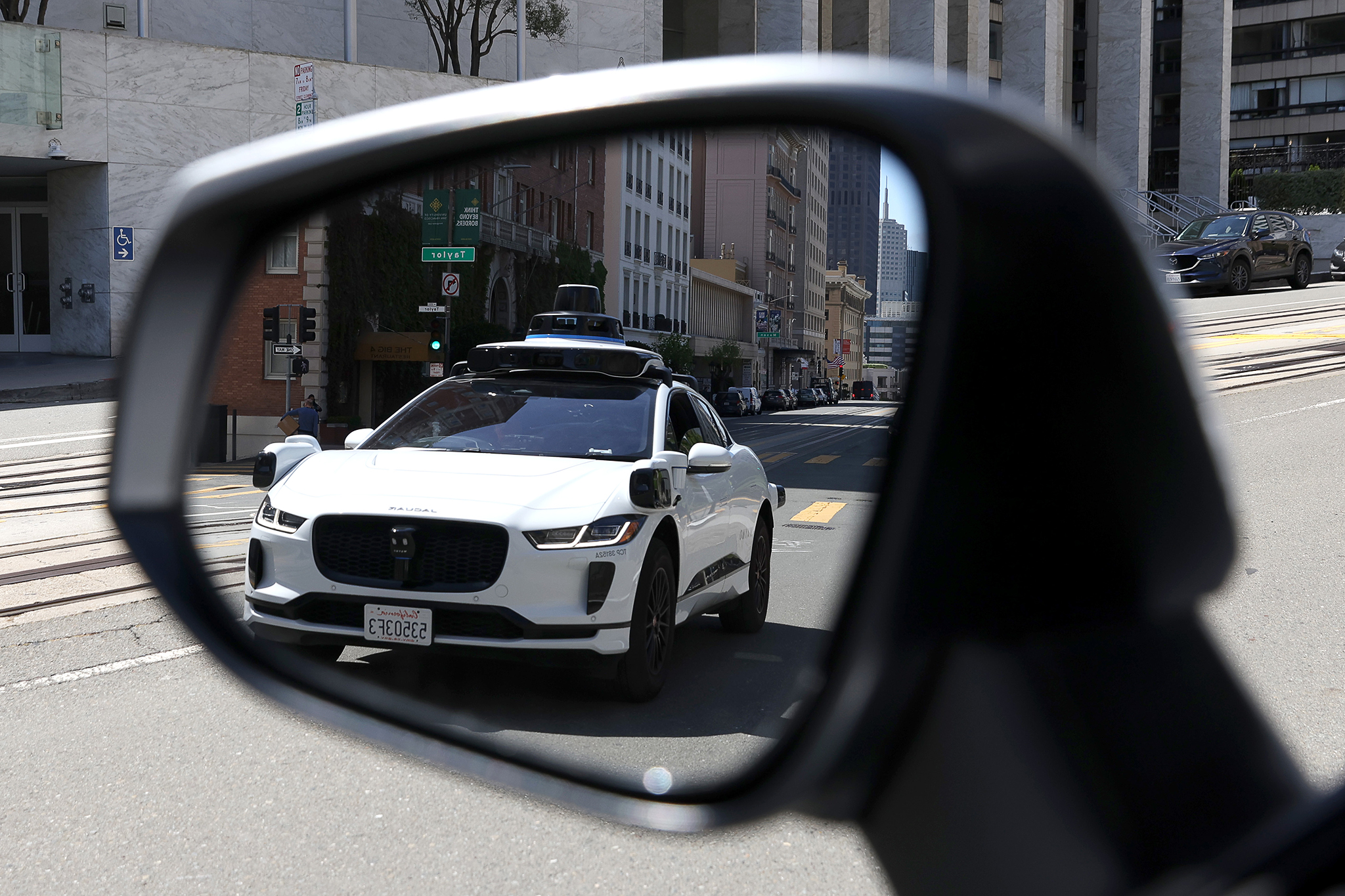
Waymo, the autonomous vehicle division of Alphabet Inc., has received the green light from the California Public Utilities Commission (CPUC) to begin charging for its robotaxi services within Los Angeles, the San Francisco Peninsula, and on San Francisco freeways. This approval, granted on a Friday afternoon, signifies the removal of the final regulatory obstacle for Waymo, enabling the tech giant to monetize rides in these strategic expansions.
The move not only signifies Waymo’s penetration into one of the nation’s most populous cities but also facilitates a direct path to San Francisco International Airport, strategically located south of San Francisco, thereby expanding its operational footprint and market reach in the competitive autonomous vehicle industry.
What Challenges Did Waymo Face in Expansion?
Prior to this breakthrough, Waymo had been operating a non-stop commercial service throughout the city of San Francisco around the clock, following an approval from the CPUC in August. The company had also been conducting driverless rides free of charge in select areas of Los Angeles. However, the ability to charge passengers for these rides in Los Angeles remained out of reach until the recent CPUC endorsement.
The journey to this recent approval faced its share of regulatory scrutiny. Last month, the CPUC’s Consumer Protection and Enforcement Division imposed a temporary suspension on Waymo’s request to extend its robotaxi service across Los Angeles and San Mateo counties. This suspension, which could last up to 120 days, was intended to provide the commission with additional time to thoroughly review the application. The CPUC received a total of 81 responses and five protests to Waymo’s expansion plans. These protests originated from several concerned parties, including the city of South San Francisco, the county of San Mateo, the Los Angeles Department of Transportation, the San Francisco County Transportation Authority, and the San Francisco Taxi Workers Alliance, all of which necessitated a careful reconsideration of Waymo’s expansion proposal.
Community Engagement and Outreach
Amidst regulatory deliberations, Waymo actively engaged with the Los Angeles community through a comprehensive tour initiated in October, culminating in its final neighborhood engagement just as the CPUC’s decision was announced. This outreach effort underscored Waymo’s commitment to integrating its services within the community fabric and addressing any concerns head-on.
The CPUC’s approval closely followed a public discussion by Waymo co-CEO Tekedra Mawakana at the StrictlyVC LA event, where she outlined the company’s future vision and the broader implications for the autonomous vehicle sector. Mawakana shared insights into the warm reception Waymo’s robotaxis have received in Los Angeles:
- Warm Reception: Over 15,000 people have utilized the service, indicating a strong acceptance within the community.
- Usage for Everyday Errands: Trip data reveals significant usage for everyday purposes, such as:
- Running errands
- Dining and entertainment
- Educational commutes
- Integration into Daily Life: The data suggests that the service is not only welcomed but is being integrated into the daily lives of Los Angeles residents.
- Potential for Commercial Success: The high number of users and diverse use cases hint at a strong potential for commercial success in Los Angeles.
This approach aims to evaluate real-world usage patterns and determine optimal pricing that balances affordability with service sustainability.
Strategic Service Expansion and Pricing
With a staggering 50,000 individuals on the waitlist for the service in Los Angeles, Waymo’s approach to pricing and service expansion appears cautious yet strategic. Mawakana hinted at a phased rollout, initially offering rides for free as was done in San Francisco, to gradually acclimate users to autonomous transportation before implementing a fee structure. This approach aims to evaluate real-world usage patterns and determine optimal pricing that balances affordability with service sustainability.
The CPUC’s decision to allow Waymo to charge for its robotaxi services in Los Angeles and San Francisco represents a significant milestone in the evolution of autonomous transportation. By successfully navigating regulatory landscapes and fostering community engagement, Waymo sets a precedent for the deployment and commercialization of autonomous vehicle technologies. As Waymo transitions from offering complimentary rides to a fee-based model, it embarks on a new chapter that promises to redefine urban mobility and challenge traditional transportation paradigms.
This development not only showcases Waymo’s pioneering role in the autonomous vehicle industry but also reflects the growing acceptance and integration of self-driving technologies into daily life. As autonomous vehicles become increasingly commonplace on city streets, the implications for traffic management, urban planning, and personal mobility are profound. Waymo’s expansion into Los Angeles and the San Francisco Peninsula, coupled with its strategic approach to community integration and regulatory compliance, signals a bold step forward in the realization of a future where autonomous taxis play a central role in urban transportation ecosystems.
Related News:
Featured Image courtesy of Justin Sullivan/Getty Images
